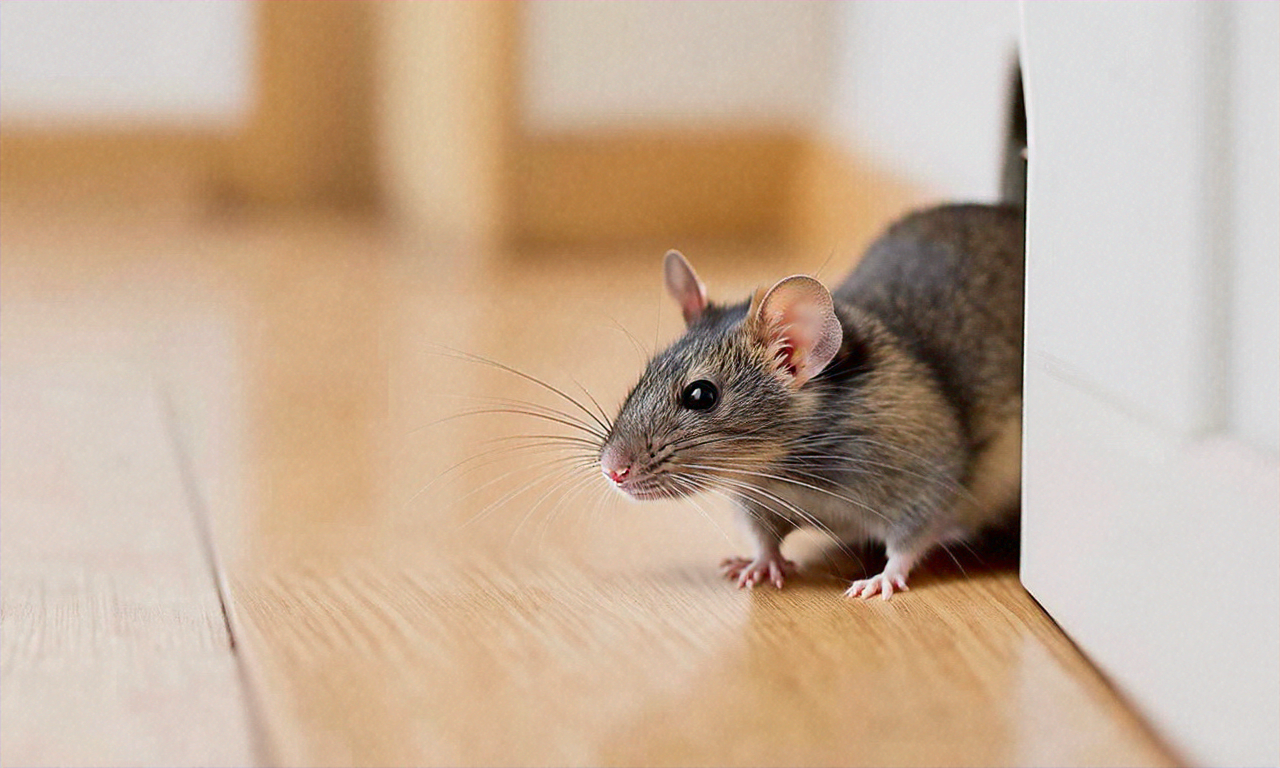Essential Home Pest Control: Keep Pests Out Safely
Protect your home with practical pest control strategies that prevent infestations and protect family health. This guide covers common household pests, clear signs to watch for, effective prevention tips, and when to call a professional exterminator. Learn proven methods—from sealing entry points and sanitation to integrated pest management and specialized treatments—to keep ants, roaches, rodents, termites, bed bugs, spiders, and flies under control. Get actionable advice to safeguard your property and peace of mind.

Pests are more than a nuisance — they can spread disease, damage property, and create stress in your living space. Knowing which pests are most likely to invade and how to detect and prevent them gives you the best chance to protect your home. Below is a practical, comprehensive breakdown of common household pests, the signs of an infestation, remediation and prevention tactics, professional options, and typical service costs.
Common household pests to know
-
Cockroaches: Extremely hardy, roaches can contaminate food and surfaces with bacteria and may worsen allergy or asthma symptoms for sensitive individuals.
-
Rodents (mice and rats): These mammals gnaw through wiring, insulation, and packaging, and their droppings and urine carry disease risks.
-
Termites: Subterranean and drywood termites feed on cellulose in wood, weakening structural elements often without obvious early signs.
-
Bed bugs: Blood-feeding parasites that hitch a ride on luggage or furniture; infestations are hard to eliminate and cause itchy bites and sleepless nights.
-
Spiders: Most house spiders are harmless predators of insects, but a few species are venomous and require caution when found indoors.
-
Flies: Houseflies and other fly species carry pathogens from garbage and waste to food preparation areas.
Recognizing the specific pest helps you choose the right treatment and prevention plan.
How to recognize an infestation
Early detection cuts repair and treatment costs dramatically. Watch for these indicators:
-
Droppings: Small pellets or streaks of fecal matter point to rodents, cockroaches, or other insects.
-
Strange noises: Scratching, scurrying, or rustling in walls and attics—especially at night—often means rodents or insects are active.
-
Chewed materials: Gnawed packaging, wires, wood, or soft materials are a clear sign of rodents.
-
Nests and harborage: Shredded paper, fabric, or clustered debris in hidden spaces can indicate nesting sites.
-
Live or dead pests: Spotting insects or rodents is an unmistakable sign that action is needed.
-
Unusual odors: Musty or oily smells may come from rodent urine, dead pests, or dense infestations.
-
Wood damage: Hollow-sounding timber, mud tubes, or visible tunnels suggest termites or carpenter ants.
If you notice any of these, address the issue promptly to prevent escalation.
Practical ways to keep pests out
Prevention is usually the simplest and most cost-effective strategy. Focus on exclusion, sanitation, and eliminating attractants:
-
Seal potential entry points: Inspect foundations, siding, door thresholds, vents, and utility penetrations. Caulk, weatherstrip, or use mesh to close gaps larger than 1/8 inch.
-
Keep a clean interior: Wipe counters, sweep crumbs, and wipe up spills immediately. Regular cleaning reduces food sources for insects and rodents.
-
Store food securely: Use airtight containers for pantry items and refrigerate perishable food.
-
Control moisture: Repair leaky pipes, improve ventilation in bathrooms and crawlspaces, and remove standing water to discourage moisture-loving pests.
-
Manage landscaping: Trim branches and shrubs away from the house, keep firewood stored off the ground and away from exterior walls.
-
Install and maintain screens: Keep windows and doors screened, and repair rips promptly.
-
Use sealed bins for waste: Store trash in tightly closed containers and dispose of garbage regularly.
-
Declutter: Less clutter means fewer hiding spots for pests, making detection and control easier.
Typical service cost ranges
| Service | Typical Cost Range |
|---|---|
| Home inspection | $50–$200 |
| Localized pest treatment (small infestation) | $100–$300 |
| Rodent exclusion and trapping | $150–$600 |
| Termite treatment (localized) | $500–$3,000 |
| Whole-structure fumigation | $1,000–$5,000 |
Cost Disclaimer: Actual prices vary by region, property size, severity of infestation, and provider. The figures above are estimates and may change.
When it’s time to call a professional
Some problems are best left to trained technicians. Consider hiring an exterminator if you face:
- Persistent infestations that resist DIY measures
- Large or widespread colonies (e.g., significant ant or cockroach populations)
- Dangerous or venomous species
- Wood-destroying insects such as termites or carpenter ants
- Health-related concerns for household members with allergies or respiratory issues
- Recurrent problems despite preventive efforts
- Need for routine preventive inspections for high-risk properties
Professionals can assess structural vulnerabilities, apply treatments safely, and create follow-up plans to prevent recurrence.
Methods professionals use
Licensed pest-control companies combine strategies tailored to the pest and property. Common approaches include:
-
Integrated Pest Management (IPM): A multi-pronged, least-toxic approach emphasizing inspection, identification, monitoring, exclusion, sanitation, and targeted treatments.
-
Chemical treatments: Pesticides, baits, and growth regulators applied in controlled ways to minimize risks to people and pets.
-
Biological controls: Leveraging natural predators or pathogens to reduce pest populations where appropriate.
-
Mechanical methods: Traps, barriers, screens, and exclusion work to physically prevent pests from accessing living spaces.
-
Heat treatments: High-temperature interventions, effective for bed bugs and certain localized infestations.
-
Fumigation: Whole-structure fumigation for severe or hard-to-reach infestations, typically used as a last resort.
-
Ongoing monitoring: Regular inspections and maintenance to catch issues early and prevent relapse.
Final thoughts
A proactive approach combining good housekeeping, property maintenance, and targeted exclusion measures will prevent most pest problems. When an infestation is severe, persistent, or poses health and safety risks, professional treatment brings expertise and tools that homeowners typically don’t have. By learning the signs, taking preventive action, and calling in experts when needed, you can protect your home and maintain a comfortable, healthy living environment.






